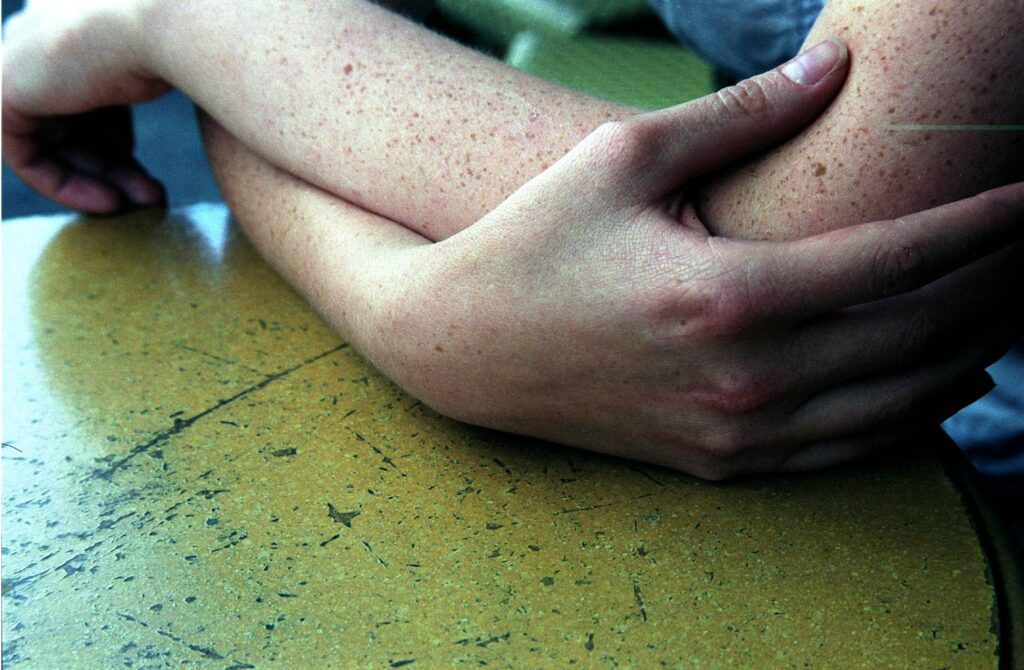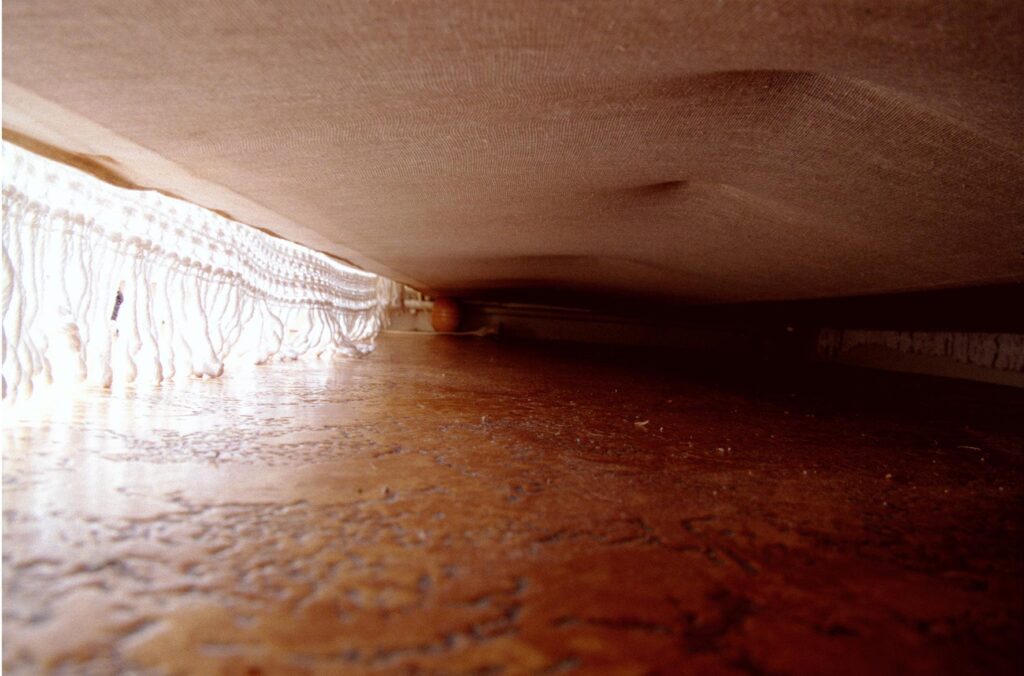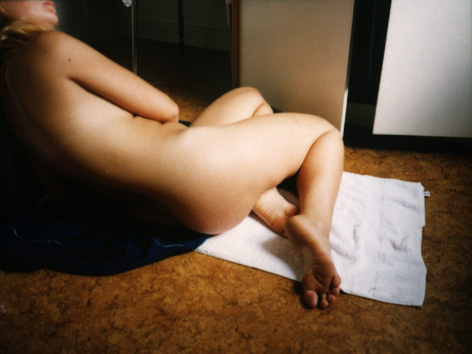Monika Wiechowska
Photographs
Monika Wiechowska uses the camera as a tool with which she analyses her world. Photography is the ideal medium for her to reflect the reality that surrounds us in dreamlike still images. Her photographs can be assigned to classic genres such as landscape, still life, portrait or nude, but for all their thematic diversity, they are characterised by a unifying personal vision. Intimacy and self-confident sensuality speak from her self-portraits. In associatively arranged groups of images, she succeeds with ease in transforming everyday situations into magical moments. Like dream images of a world on the other side of the mirror, her photographs hint at the unreal in the real.

Anton Gugg:
“Monika Wiechowska’s photographic works are irritating because of their quiet “magic of the ordinary”, which is created by oversized expressions, artfully staged everyday triviality and coded art-historical allusions, and which creeps into the viewer’s consciousness, as it were, on quiet soles. The camera artist Monika Wiechowska, born in Szczecin, Poland, in 1979, has catapulted herself into the first rank of international shooting stars with her projects in public space, unusual erotic motifs, intense self-examination and confusingly dense portraits of dead animals. Reason enough for the FOTOHOF to show the reality interpretations of the artist from Amsterdam for the first time in Austria. The fresh, unused pictorial magic arises from the artist’s noticeably intimate relationship with the cold apparatus. The camera becomes a lovingly guided instrument of exploration of faces and bodies. The artist’s great inner peace is reflected in iconic, sacral compositions and a refinement of “cheap” reality. The poetisation of the small, somewhat musty, provincial eastern world is based entirely on the intensification of the colourful. A still life of fruit, industrial crockery, plush carpet and garish plastic tablecloth is thus transformed into a solemn altar. Anonymous freckled elbows and hands take on something consecratory, as does a black-and-white self-portrait with open blouse and exposed breast, which in its compositional structure and restrained nobility recalls the motif of the milk-giving Madonna.
Monika Wiechowska is a master in recognising and capturing the meaningful moment. She brings simple facts into a higher context. The view into the dim darkness of a bed base becomes a chiaroscuro event of peculiar liveliness. The dead awakens to ghostly illusory life. The close-up view of a shot roebuck transforms the signs of slackness into graceful body language. (…)”

